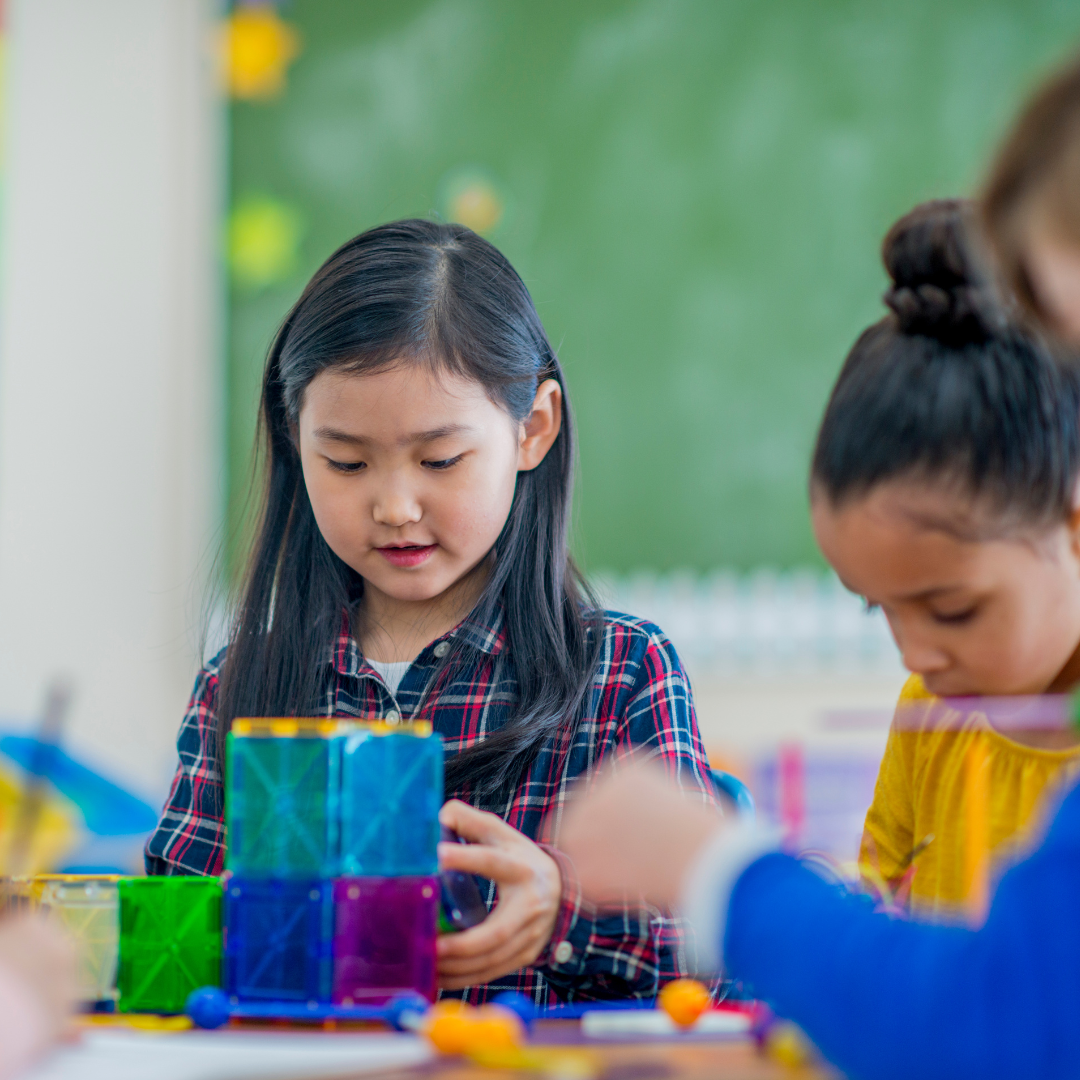Five Activities to Teach Your Kindergarteners Growth Mindset in a Way that Will Stick

Growth mindset is a term used to describe the idea that intelligence and talent are not fixed traits. They can be developed and improved with hard work and perseverance. This idea has a major impact when specifically and intentionally taught to students as young as kindergarteners.
Carol Dweck first introduced the idea of a growth mindset in her book Mindset: The New Psychology of Success. She argues that a person's success is determined by their mindset, which includes the belief that intelligence, creativity, and personality are all things that can be cultivated through hard work. We know that the complete story can be more complex. However, a growth mindset increases opportunities for success when applied in a supportive classroom community.
Why Teach Growth Mindset in Kindergarten
Children develop a growth mindset through interactions with others, especially their teachers and peers.

A school community can have a huge influence on how children feel about themselves and what they think about their abilities. If teachers and school leaders teach children how to use strategies that will help them develop better self-confidence and grit, students are more likely to be successful.
It is important to teach kids this mindset because they need to understand that they can improve their intelligence with time and effort.
To model and encourage a growth mindset, teachers should have a toolbox engaging of activities that can be quickly and easily implemented. Here are five activities to teach your kindergarteners growth mindset in a way that will stick.
Five Resources for Teaching Growth Mindset to Kids
- Growth Mindset Bundle
 If you are looking for products to introduce and/or revisit a growth mindset in your classroom, this bundle is for you! The "Growth Mindset Bundle" is perfect for introducing your kids to a growth mindset and how it works. Students will be able to make connections to their own experiences. There are hands-on activities, worksheets, and a growth mindset song.
If you are looking for products to introduce and/or revisit a growth mindset in your classroom, this bundle is for you! The "Growth Mindset Bundle" is perfect for introducing your kids to a growth mindset and how it works. Students will be able to make connections to their own experiences. There are hands-on activities, worksheets, and a growth mindset song.
Looking for more great resources to develop caring, helpful, and self-aware learners? Check out the entire Self Awareness Skills Social Emotional Learning Curriculum! This full, easy-to-implement curriculum includes the Growth Mindset Workshop as well as interactive anchor charts, mini posters for each lesson, and much more. - Progress Celebrations
Because we are normally programmed to celebrate successes, this activity will require specific efforts to do regularly. Once a week or monthly, publicly and privately recognize students who put in an effort, even if they don’t reach a goal. Start with writing notes of congratulations to students and then encourage them to write notes to each other. Taking time to celebrate progress shows students that effort is important and encourages them to continue to work towards their goals. - Role-Play Growth Mindset Actions and Words
Students learn best when they can practice. Role plays are a great way to practice how to act and speak using a growth mindset. Allow students to approach different scenarios during community meetings or center time. Have them show how they would speak or act if they had a fixed mindset and then again with a growth mindset. After the role-play, challenge the entire class to use the words and actions they saw in the classroom each day. For additional encouragement, celebrate students when you notice them using what they’ve learned in the role plays. - Growth Mindset Rainbow Craft

This fun craft, paired with any growth mindset picture book, helps students grow their growth mindsets! With an included book companion list, you can teach your students what a growth mindset is, then have them practice a growth mindset by completing a beautiful rainbow craft. Students write “I can” statements and then color them to create a rainbow. Have students share their Mindset Rainbow with a friend or small group to celebrate everything they can do!
-
Use Power Words
Words have power. Students can learn this as early as Kindergarten. To help them develop growth mindset centered language, teach them the power of their words. As a class, you create a Power Word. This should be a word that corrects fixed mindset language. For example, instead of saying ‘I can’t write,’ students should say “I can’t write yet.’ By adding the Power Word, yet, it changes the mindset. Other Power Words include: learning, growing, better, etc.Havestudents select a class Power Word or introduce new Power Words throughout the year. Model for students how to use them to show a growth mindset. Then encourage and celebrate as students use the word.
Kindergarten teachers see the benefit of teaching children to have a growth mindset. Students are encouraged to take risks and try new things when they are intentional about teaching and practicing this skill. They show them that failure is not the end of the world but rather a learning experience that will help them grow in their future endeavors. It is never too early to start encouraging positive growth and thinking!
More Great Resources!
FREE
The Active Educator's Top Picks: Picture Books that
Help Teach Social-Emotional Learning Lessons



